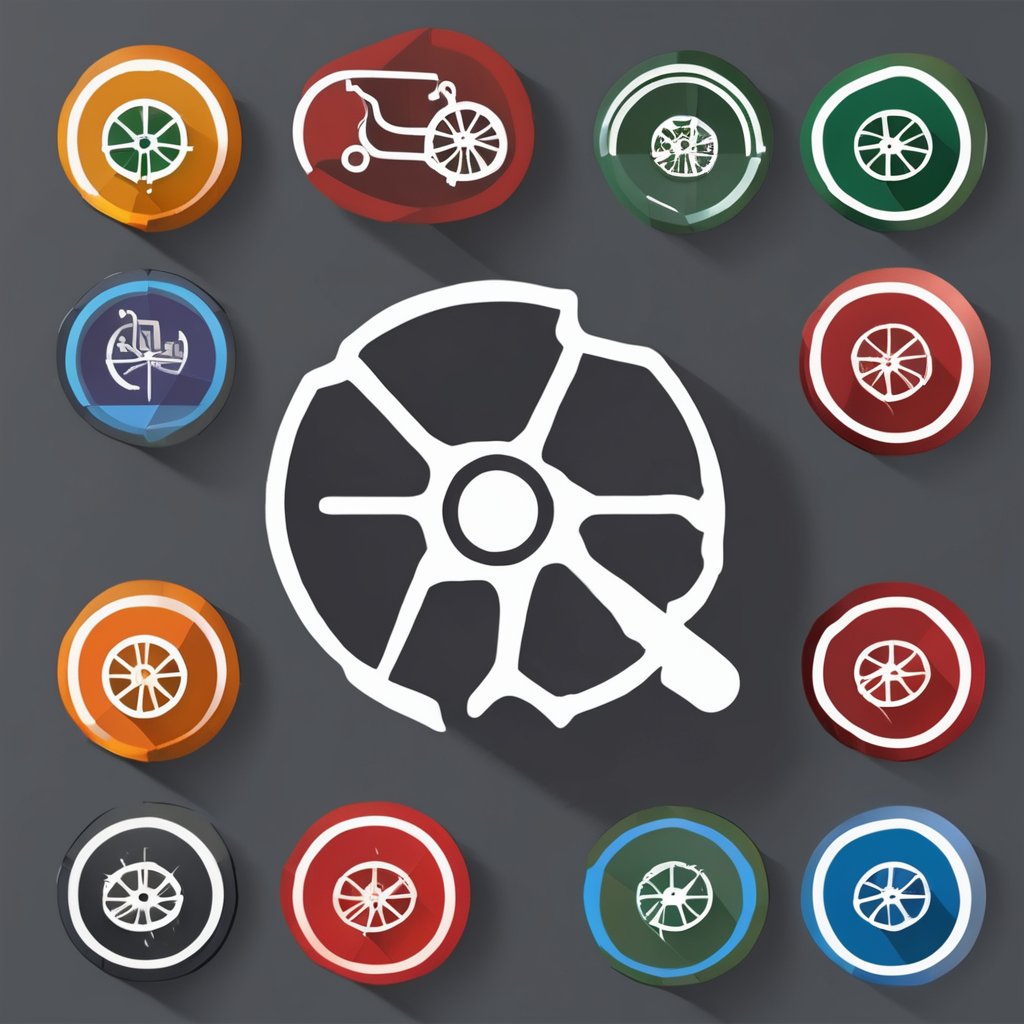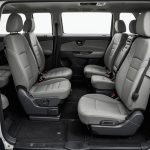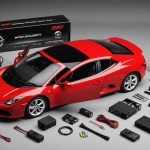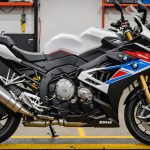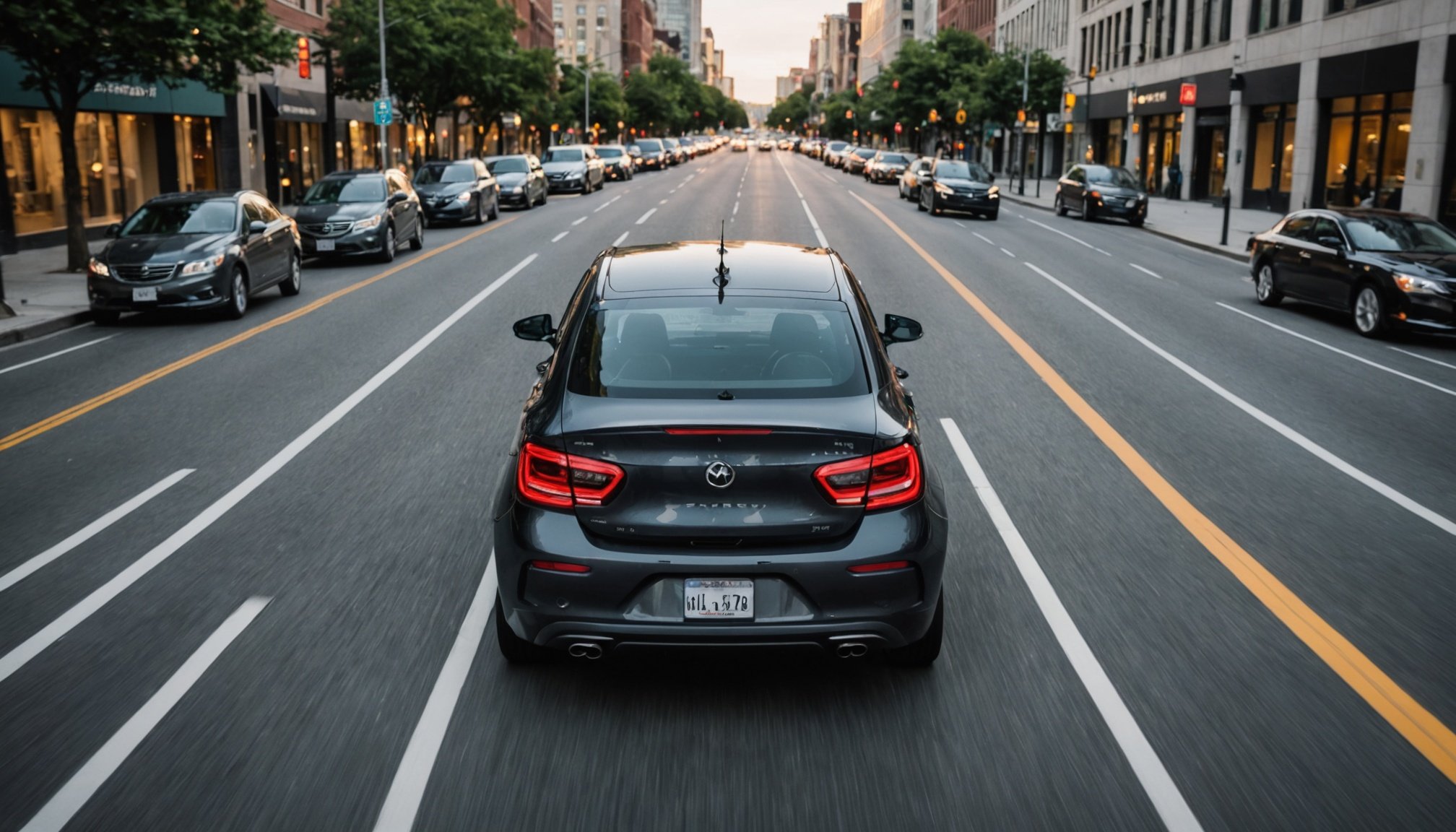Understanding Backup Sensors and Their Functionality
Backup sensors, a key component of parking assist technology, are designed to improve reversing safety by alerting drivers to obstacles. They play a crucial role in enhancing driver awareness, especially in urban environments where space is limited.
The technology behind backup sensors typically involves several components, such as ultrasonic sensors, that emit sound waves to detect obstacles. These waves bounce back upon hitting an object, allowing the system to calculate the distance and alert the driver. Additionally, some systems incorporate visual or audio cues to ensure the driver is aware of potential hazards when reversing.
In the same genre : Unlocking airbag sensitivity in minivans: key strategies for boosting safety and protection
Backup sensors drastically improve safety, which can be a critical concern in bustling city environments filled with pedestrians and vehicles. By providing warnings about nearby obstacles, drivers can prevent accidents and avoid costly damages.
There are various types of backup sensors available, each with unique functionalities:
Also to read : Enhancing lane-keeping assist performance: tailoring vehicle configurations for optimal use on uk rural roads
- Ultrasonic sensors: Utilize sound waves for detection and are effective in diverse weather conditions.
- Infrared sensors: Detect obstacles through heat signatures but may struggle in extreme temperatures.
- Camera-based systems: Offer a visual perspective and can be integrated with dashboard displays.
Understanding the capabilities and limitations of each type helps drivers decide which system best suits their needs.
Calibrating Backup Sensors for Optimal Performance
The calibration of backup sensors is crucial to maintaining their effectiveness and ensuring they perform optimally. Proper sensor calibration is essential to avoid incorrect alerts that can either cause undue alarm or, more worryingly, fail to alert you to actual obstacles.
Importance of Regular Calibration
Regularly calibrating your backup sensors is vital as it maintains their accuracy. Over time, sensors can become misaligned due to various factors such as minor collisions or even environmental influences. Consistent calibration will ensure that they detect obstacles at the correct distance, reducing the risk of accidents.
Steps for Proper Calibration
-
Installation Tips: Ensure sensors are placed at the correct height and angle during installation. Misplaced sensors can cause distorted or inaccurate signals.
-
Begin calibration by placing known-size objects behind the vehicle, checking that sensors identify them correctly.
-
Adjust sensor positions or settings if signals are inconsistent with object measurements.
Common Issues
Improper sensor calibration can lead to false negatives, where sensors fail to detect obstacles, or false positives, where alerts are issued without any actual threat. Regular checks and adjustments help mitigate these issues, enhancing the performance optimization of the parking assist technology.
Environmental Factors Affecting Sensor Performance
In busy urban settings, environmental factors can influence the effectiveness of backup sensors. Weather conditions, such as rain, fog, and snow, play a significant role in how sensors perform. For instance, moisture can impact ultrasonic sensors by distorting sound waves, leading to inaccurate alerts. Meanwhile, fog and snow can challenge camera-based systems’ visibility, affecting the overall accuracy of the parking assist technology.
Urban areas often feature numerous obstacles, like vehicles, pedestrians, and infrastructure, making reversing a complex task. Reflective surfaces, such as glass buildings or metallic objects, can cause sensors to give false positives or misinterpret obstacles, thus impacting sensor effectiveness. Drivers should be aware of these potential issues and adjust their reliance on technology accordingly.
Adapting driving behaviours can help mitigate these environmental impacts. For example, increasing following distances and reducing speeds during harsh weather can enhance reaction times. Staying vigilant and performing a head-check before reversing in these conditions also heightens awareness. Understanding how urban obstacles and weather conditions affect sensor performance is paramount for maintaining reversing safety in challenging environments.
Identifying Common Obstacles in City Driving
Navigating urban environments poses distinct challenges for drivers, especially when reversing. Urban hazards like parked cars, narrow alleys, and unexpected street fixtures are typical obstacles that backup sensors must contend with. These environmental complexities demand heightened driver awareness, particularly in densely populated areas.
Pedestrians and cyclists play a significant role in creating reversing challenges. Their unpredictable movements can complicate otherwise straightforward backing maneuvers. Backup sensors enhance pedestrian safety by detecting these moving obstacles, alerting drivers to potential dangers and reducing accidents.
To improve urban driving experiences, maintaining enhanced situational awareness while reversing is crucial. Drivers should combine sensor feedback with traditional practices, such as using mirrors and regular head-checks, to ensure comprehensive vigilance. Recognizing that sensors supplement, but do not replace, attentive driving is vital.
Incorporating these practices helps drivers better navigate complex urban landscapes. Staying alert to surrounding activity and accurately interpreting sensor alerts will foster safer and more confident reversing decisions. Remember, technology is an aid, and being personally vigilant bridges gaps in challenging navigating scenarios.
Recommended Driving Practices to Enhance Safety
Navigating crowded urban environments demands not only reliance on backup sensors but also the integration of best driving practices. Implementing effective reversing techniques ensures a secure urban driving experience.
Begin with comprehensive safety checks using mirrors and head-checks. These traditional methods complement advanced parking assist technology, providing a full view of your surroundings. Relying solely on sensors can result in missed hazards, so a balanced approach is crucial.
Incremental rearward movement is a vital technique, particularly in bustling areas. Progressively reversing allows for real-time assessment of the environment, adapting quickly to changes such as sudden pedestrian movements.
Effectively utilising backup sensors requires focusing both on audio and visual alerts. While audible warnings immediately capture attention, visual displays offer comprehensive situational details, reducing reversing challenges.
In high-traffic zones, an essential safe driving tip is to account for unpredictable cyclist and pedestrian activities. Anticipate their movements and maintain a buffer zone, enhancing pedestrian safety.
Lastly, frequently update your knowledge on sensor capabilities and functionalities. Participating in sensor training or accessing informative videos ensures drivers remain adept at using the technology effectively. These small strategies, when integrated, significantly elevate reversing safety in urban conditions.
Comparing Different Types of Backup Sensors
When exploring sensor types for parking assist technology, different options present unique benefits and challenges. Understanding these variations can aid in making informed decisions that elevate reversing safety.
Ultrasonic sensors deploy sound waves to gauge distances. Their technology excels in diverse weather conditions but may struggle with intricate urban environments with numerous reflections. On the other hand, camera-based systems provide real-time visual data, transforming how drivers perceive their surroundings. Although highly effective in clear weather, their accuracy may decline with poor visibility, such as in fog or heavy snow.
Comparatively, infrared sensors detect obstacles via heat signatures, often affected by extreme temperatures, which can complicate performance. Each sensor type offers distinct advantages, catering to differing urban driving experiences.
For those prioritizing precision, camera-based systems can be integrated with dashboard displays, delivering comprehensive visuals of potential hazards. However, if resilience in challenging weather is key, ultrasonic sensors provide reliable performance.
User reviews suggest a growing preference for systems that amalgamate these technologies, offering robust adaptability. [Review Summary] Insights indicate that products integrating multiple sensor types are favored for their versatility and enhanced functionality, effectively merging the best features, thus aiding in urban navigation.
Visual Aids for Proper Sensor Utilization
Visual aids can significantly enhance a driver’s understanding of backup sensors and their functionalities. Informative graphics and videos are important, providing a visual demonstration of how parking assist technology works within various environments. These aids illustrate the sensor placements and the detection areas they cover.
To effectively learn about sensor training, utilizing a variety of resources is essential. Different types of graphics, such as 3D diagrams and animated videos, can vividly depict the working mechanisms of reversing safety systems. These visuals help drivers grasp the complex movements and functionalities that textual information alone might fail to convey.
Video tutorials also serve as engaging tools for real-time learning, demonstrating the step-by-step performance optimization procedures for different sensor types. Some tutorials include live demonstrations in urban driving scenarios, focusing on overcoming common urban obstacles and challenging weather conditions.
For improving sensor skills, accessing resources like user forums and interactive software that simulate driving conditions can be beneficial. While some resources require a subscription, many free options offer substantial content. Combining these various aids not only enhances sensor understanding but bolsters overall driving safety in urban settings.
